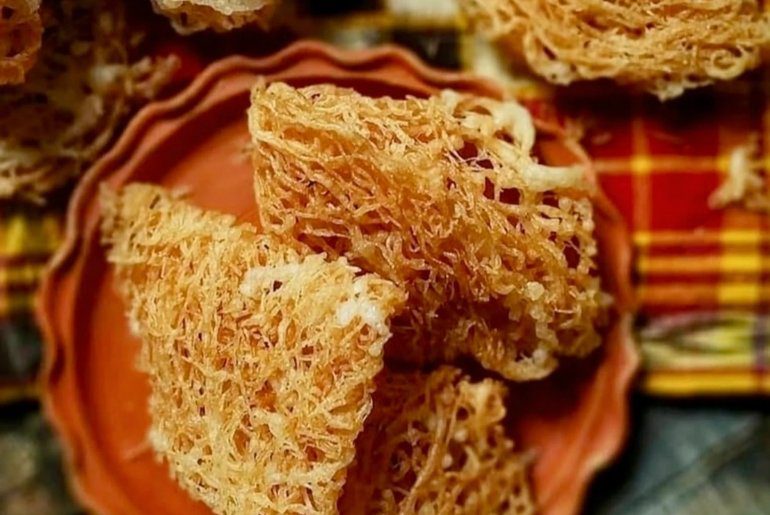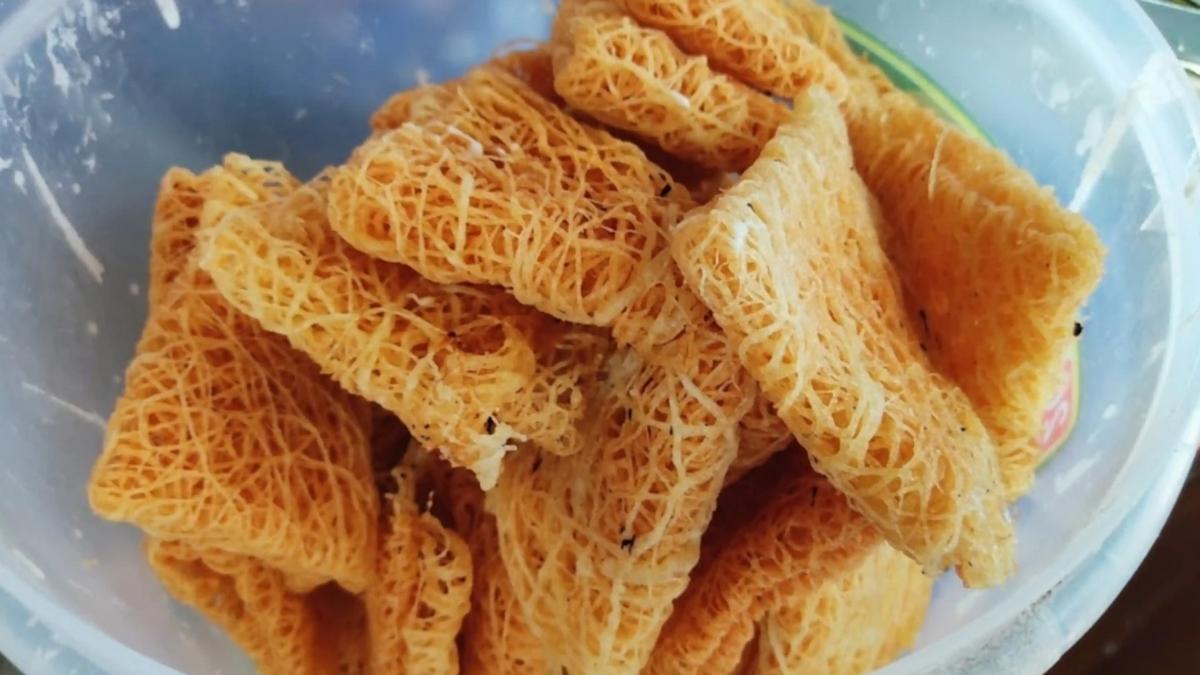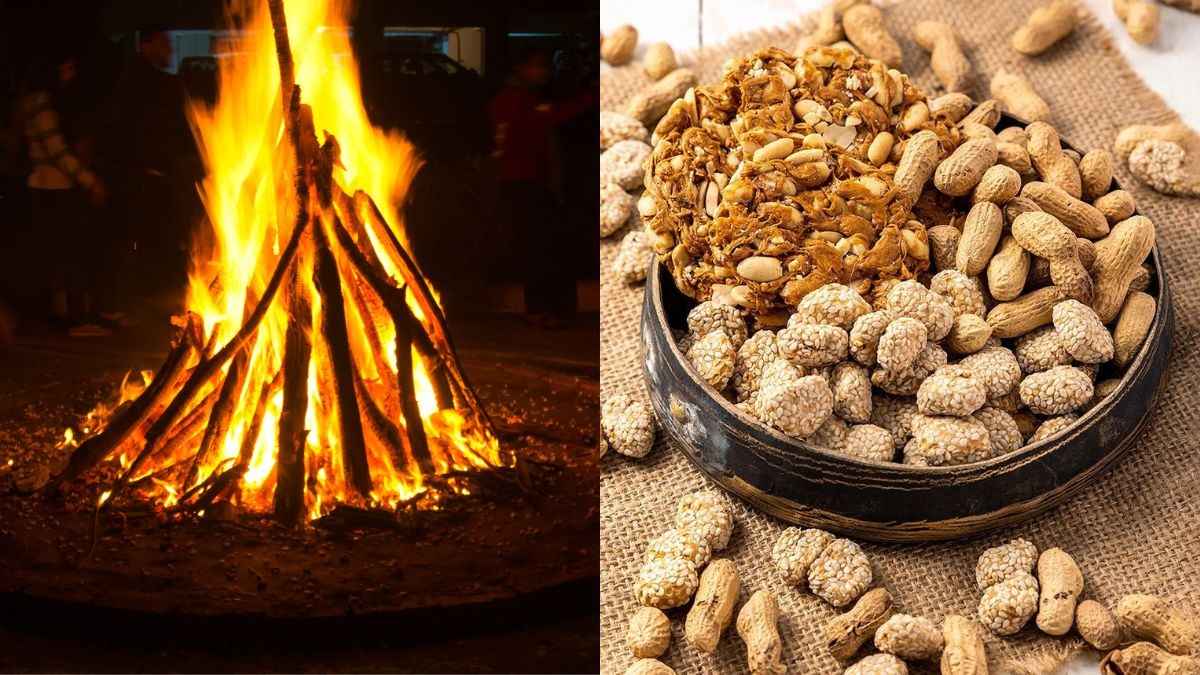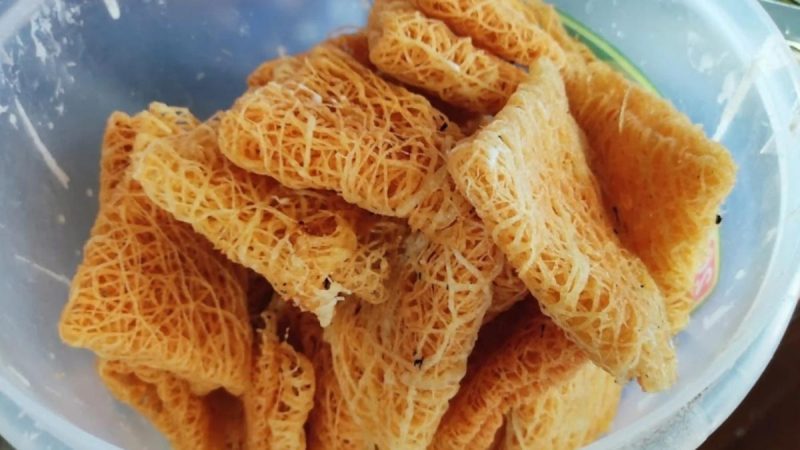In Odisha’s kitchens, history often cooks quietly in the form of food. Among its many heirloom treats, few are as elusive as sarsatia. It is a crunchy, golden-brown sweet that traces its roots back four centuries. Today, however, it teeters on the edge of obscurity.
Sarsatia Pushed For A GI Tag
According to Slurrp, a family-run sweet shop in Sambalpur is now pushing for a Geographical Indication (GI) tag, hoping to rescue the delicacy from vanishing and secure recognition for its unique identity.
At the centre of this effort stands Prabhu Lal, better known to locals as Minchu kaka. His shop, now 160 years old, has been crafting sarsatia across three generations. The store’s shelves carry more than sweets; they carry a legacy his family guarded through wars, famines, and changing tastes. For him, the GI tag is not a marketing badge but a lifeline.
The Making Of Sarsatia

Calling sarsatia just another sweet is like calling a sitar just another instrument. What sets it apart is the Ganjer tree resin, gathered from the Barapahad hill range. Collecting it is backbreaking work: twigs are peeled, left to ferment in water for days, strained until clear, and then mixed with raw Arua rice flour and sugar. The batter is dropped into hot oil, hissing and bubbling into fragile strands that tangle together like fried lace.
It feels crispy on the outside, subtly sweet within, and versatile enough to pair with a glass of warm milk or even savoury curries. In Khamgaon and Bargarh, it carries spiritual symbolism too, offered as prasada at the Ramchandi Mandir during Dussehra. But outside these pockets, its name barely registers. It’s like a paradox for something so laboriously made.
Also Read: Beyond Modak, 7 Dairy-Free Sweets You Can Make For Ganesh Chaturthi This Year
Why It’s Disappearing
The decline of sarsatia has little to do with taste and everything to do with ecology. The Ganjer tree, central to its recipe, is slipping away with the forests it belongs to. Environmental damage has made resin harder to source, turning every batch into a race against scarcity.
Food researcher Sweta Biswal, who has tracked Odisha’s culinary traditions for years, warns that the sweet’s survival is tied to the tree’s fate. According to her, the demand for sarsatia is rising, but no one knows how long the Ganjer plant will last in the wild. A GI tag, she argues, could shift the narrative, encouraging scientific identification of the tree, structured conservation, and training new artisans in the craft, as stated by Slurrp.
Also Read: 16 Indian Sweets Without Which Teacher’s Day Celebrations Seem Incomplete; Recipes Inside
If the GI tag comes through, sarsatia could move from the margins of Odisha’s culinary map to a more secure future. Until then, it remains what it has always been: a rare crunch of history, delicate enough to vanish but resilient enough to survive.
Cover Image Courtesy: sumitrasingh/GoogleBusiness
For more such snackable content, interesting discoveries and the latest updates on food, travel and experiences in your city, download the Curly Tales App. Download HERE. First Published: September 08, 2025 1:21 PM




